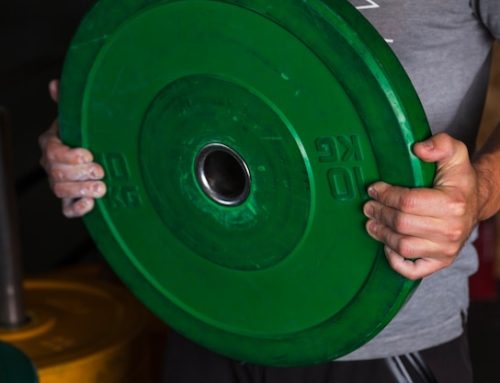The Myth of the 225 Bench Press: Can All NFL Players Do It?
When it comes to assessing the strength of a football player, the bench press is often the go-to lift. And for decades, the number that has been used to measure a player’s bench press strength is 225 pounds. It is said that all NFL players are expected to be able to bench 225 pounds for a set number of reps. But is this really true?
The Origins of the 225 Bench Press Standard
The 225 bench press test has its roots in the NFL Combine, an annual event where top college football players are evaluated for their physical abilities. The bench press test was added to the combine in 1987 as a way to measure upper body strength. The standard was set at 225 pounds for reps because it was believed to be a weight that most players could handle, while still providing a challenge.
The Reality of the 225 Bench Press Standard
While the 225 bench press test has become the standard for measuring a football player’s strength, the reality is that not all players can do it. In fact, there are many players who struggle to hit even a few reps at 225 pounds. This is because the bench press is a highly technical lift that requires proper form and technique.
The importance of Form and Technique
One of the reasons why some players struggle with the 225 bench press test is because they lack proper form and technique. It’s not enough to simply lift the weight off the rack and push it up. The bench press requires proper shoulder and back positioning, as well as a good grip on the bar. Players who lack these foundational aspects of the lift will struggle to lift a heavy weight for multiple reps.
Training for a Strong Bench Press
To improve their bench press strength, players need to focus on the fundamentals of the lift. This means working on proper form and technique, as well as building strength in the chest, shoulders, and triceps. High-rep weightlifting can be helpful in achieving this goal, but it’s not the only way to get there.
Maximal Effort vs High Reps: Which is Better?
When it comes to building strength in the bench press, there are two main approaches: maximal effort training and high-rep training. Maximal effort training involves lifting heavy weights for low reps, while high-rep training involves lifting lighter weights for higher reps. Both approaches can be effective, and many coaches and trainers use a combination of both.
The Benefits of High-Rep Weightlifting
While maximal effort training is important for building raw strength, high-rep weightlifting has its own unique benefits. It can help increase muscular endurance, improve technique and form, and promote hypertrophy (muscle growth). Additionally, high-rep weightlifting can be easier on the joints and tendons, reducing the risk of injury.
Conclusion
The 225 bench press test has become a standard for measuring a football player’s strength, but the reality is that not all players can do it. Proper form and technique are essential for performing the lift correctly, and high-rep weightlifting can be a useful tool for building strength and endurance. While the 225 bench press test may be a useful benchmark, it should not be the only measure of a player’s strength and athletic ability.






